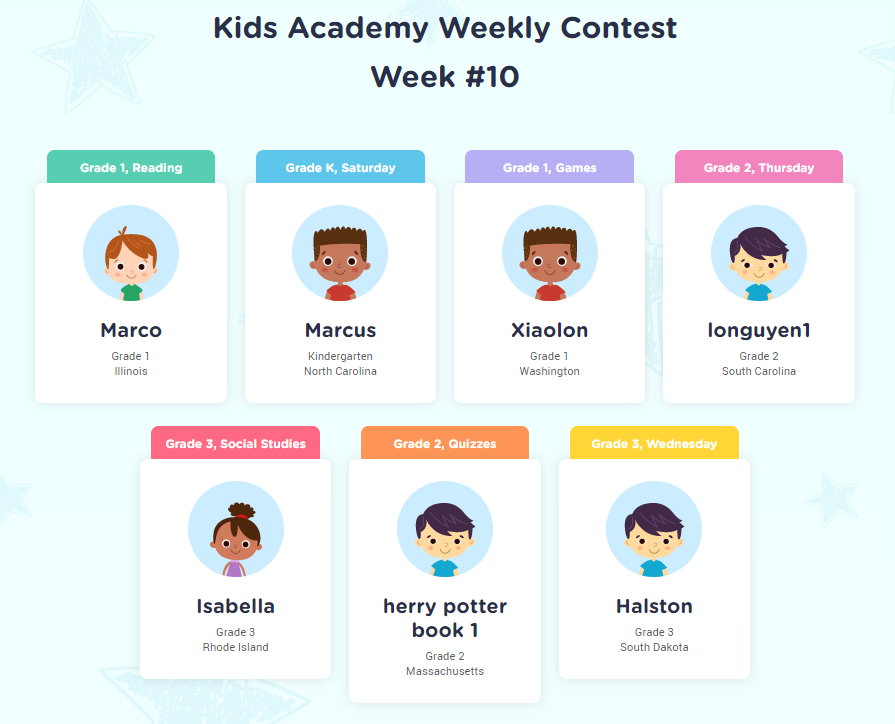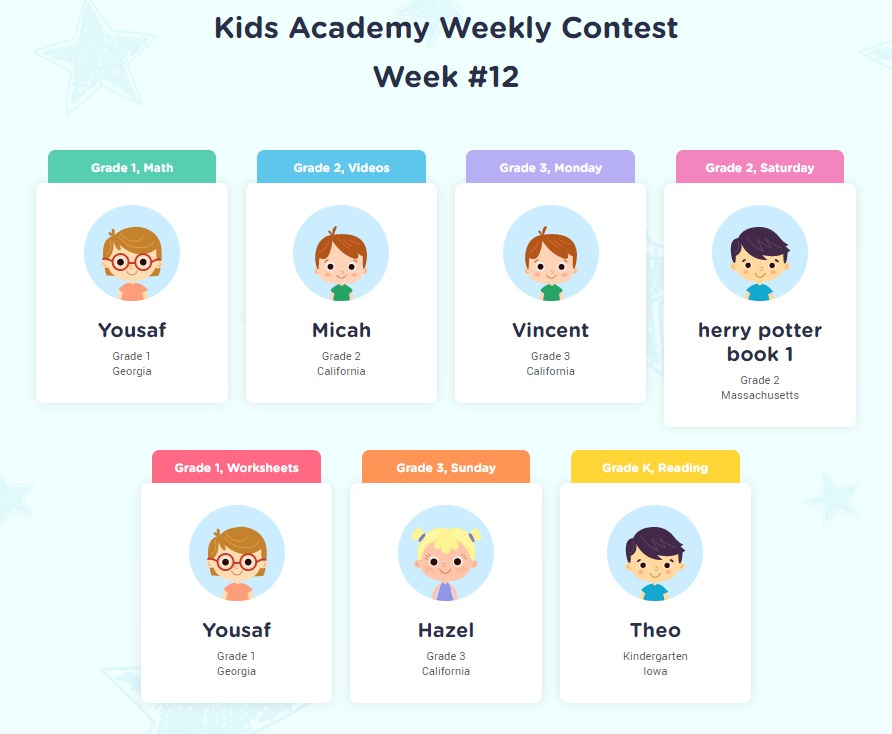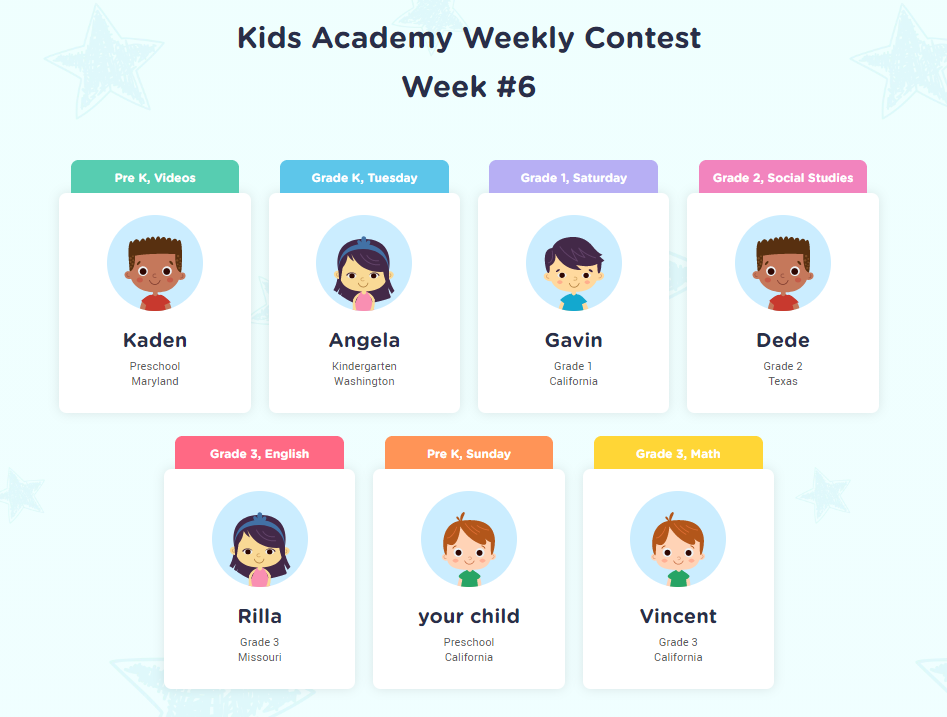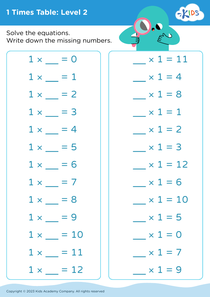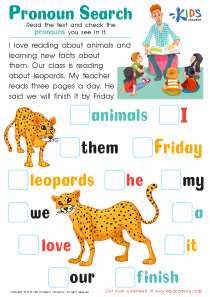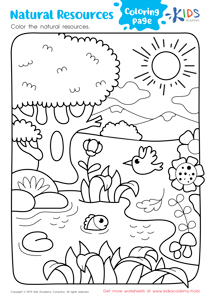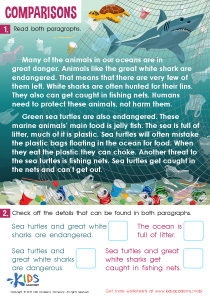Normal Mazes worksheets activities for Grade 3
11 filtered results
-
From - To
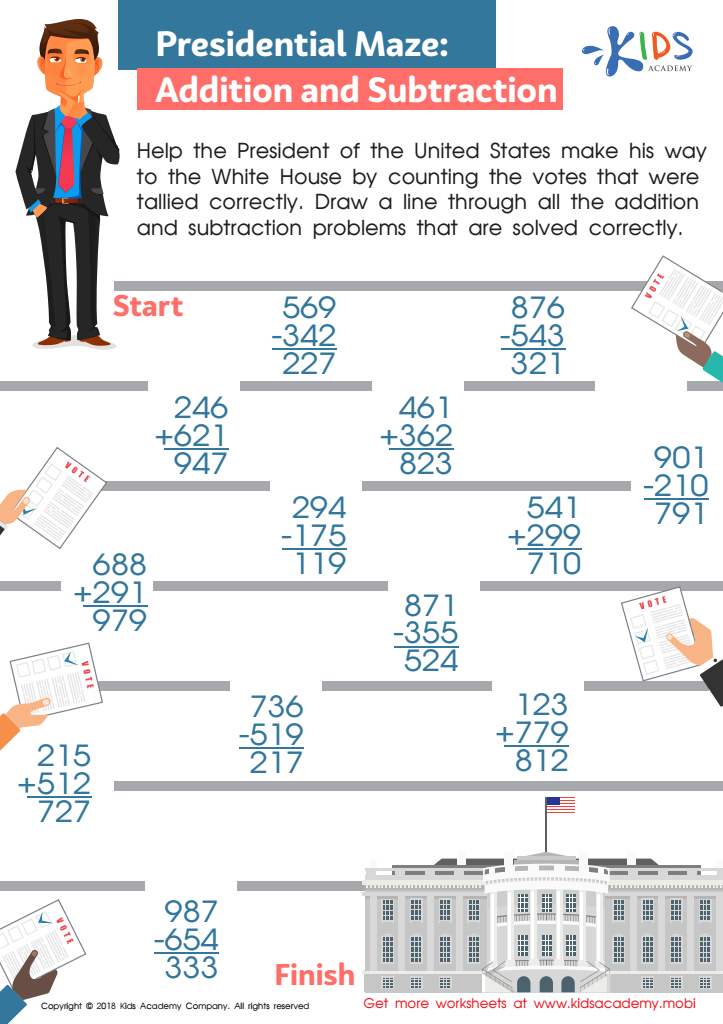

Presidential Maze: Addition and Subtraction Worksheet
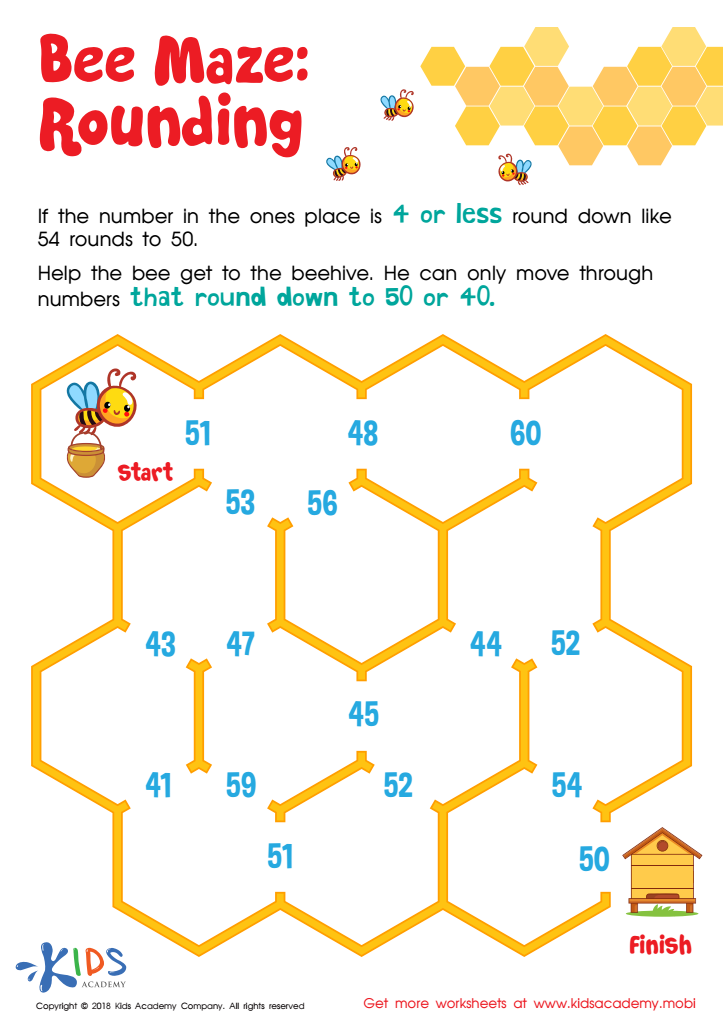

Rounding Down Printable Worksheet
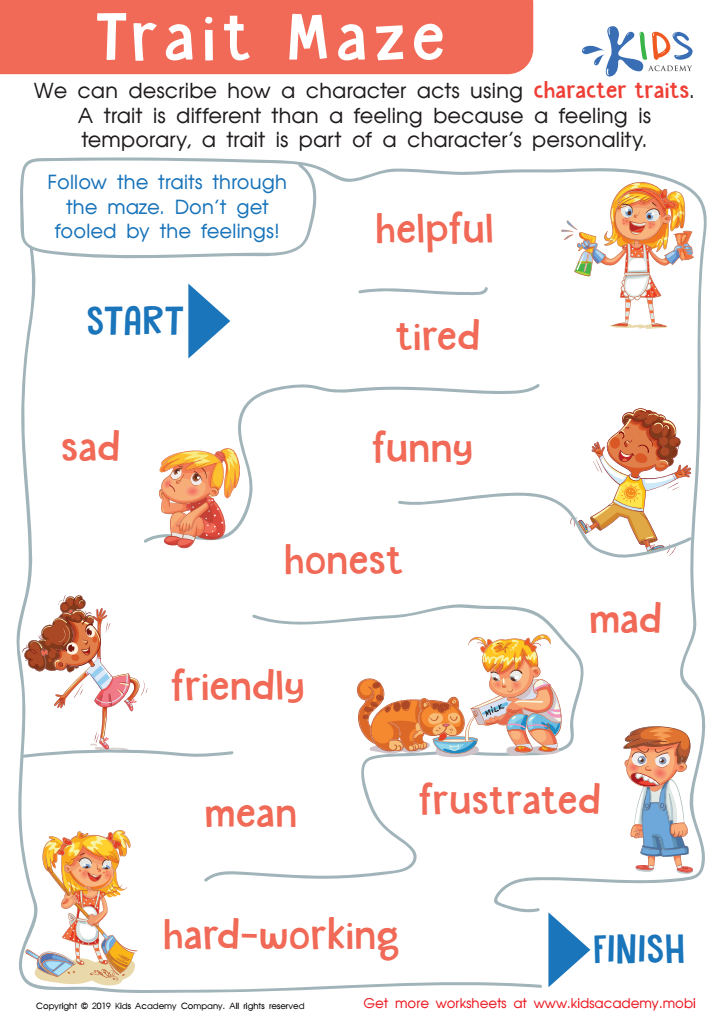

Trait Maze Worksheet
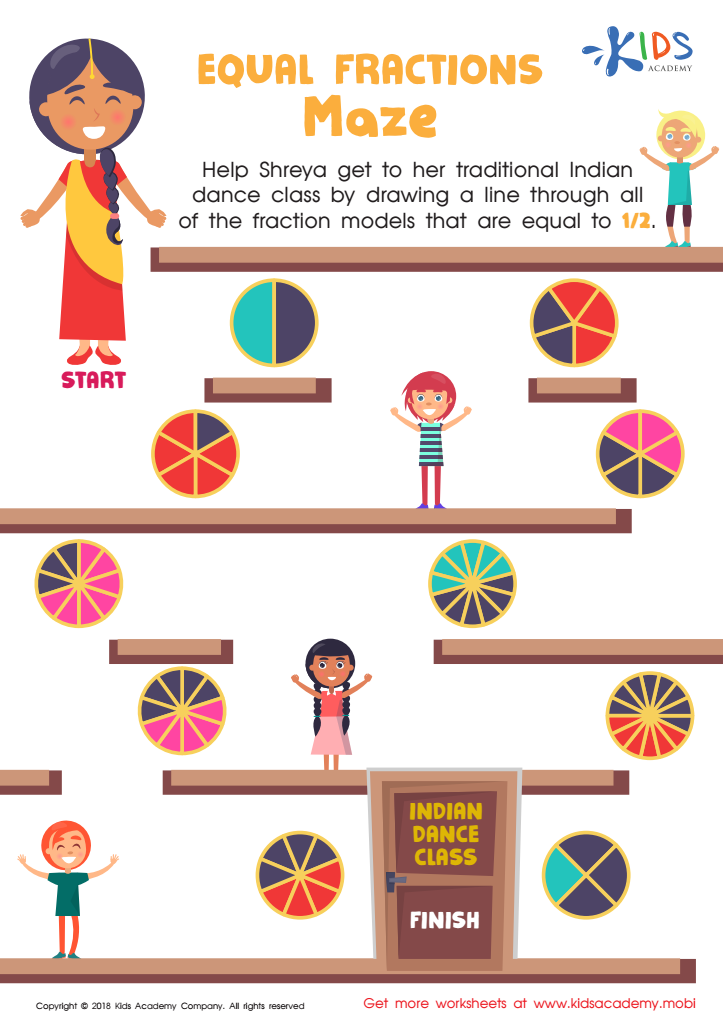

Equal Fractions Maze Worksheet
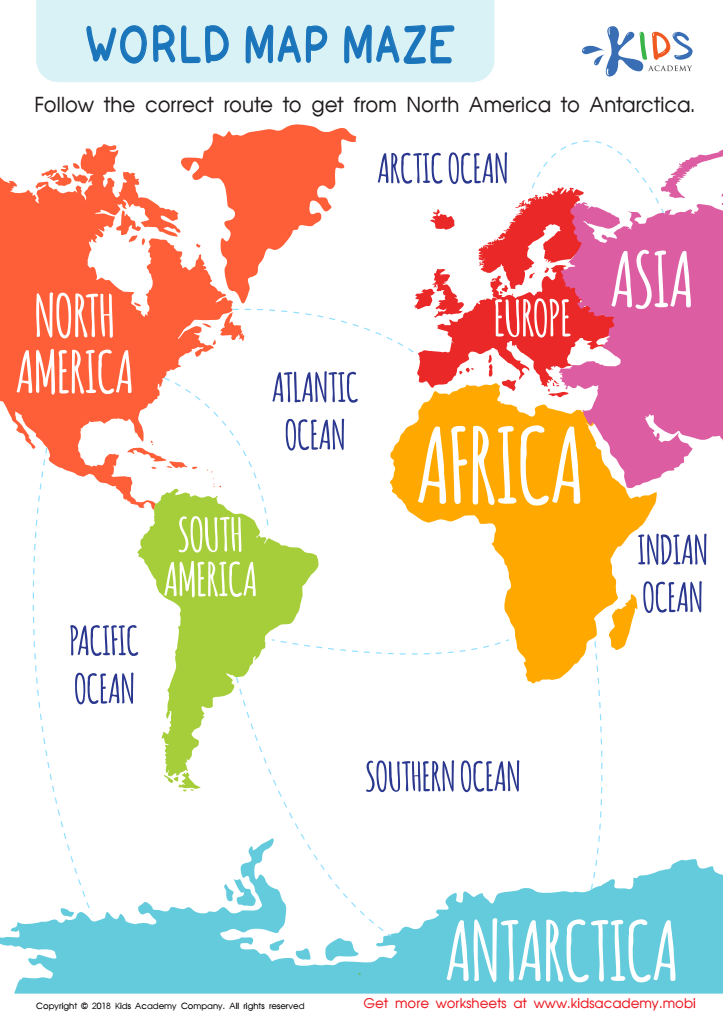

World Map Maze Worksheet
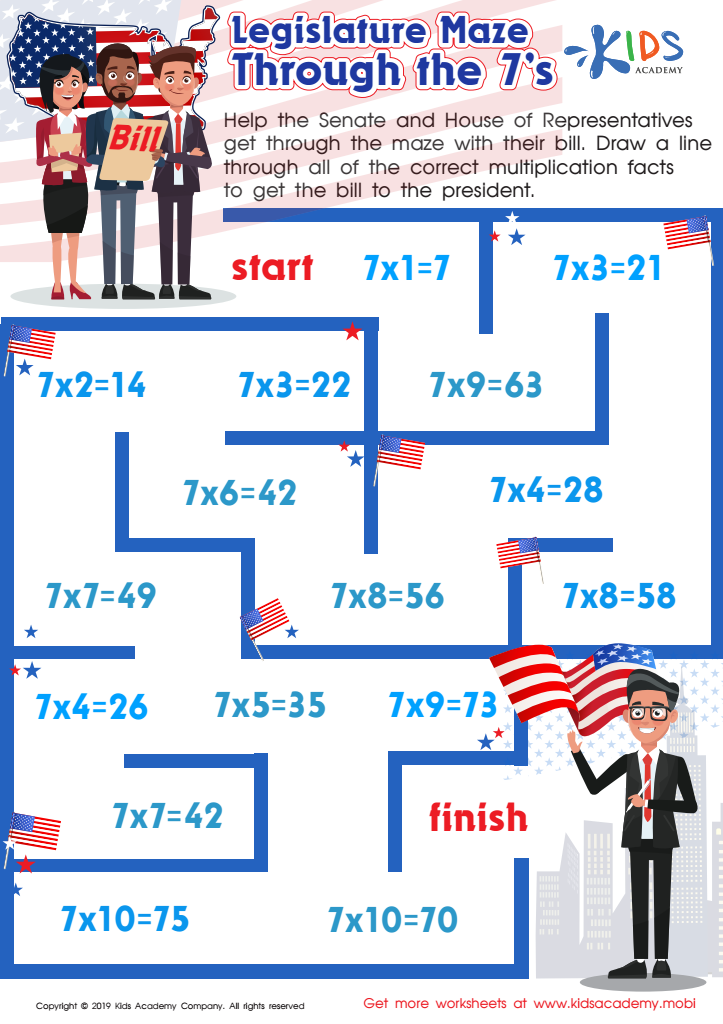

Legislature Maze Through the 7’s Worksheet
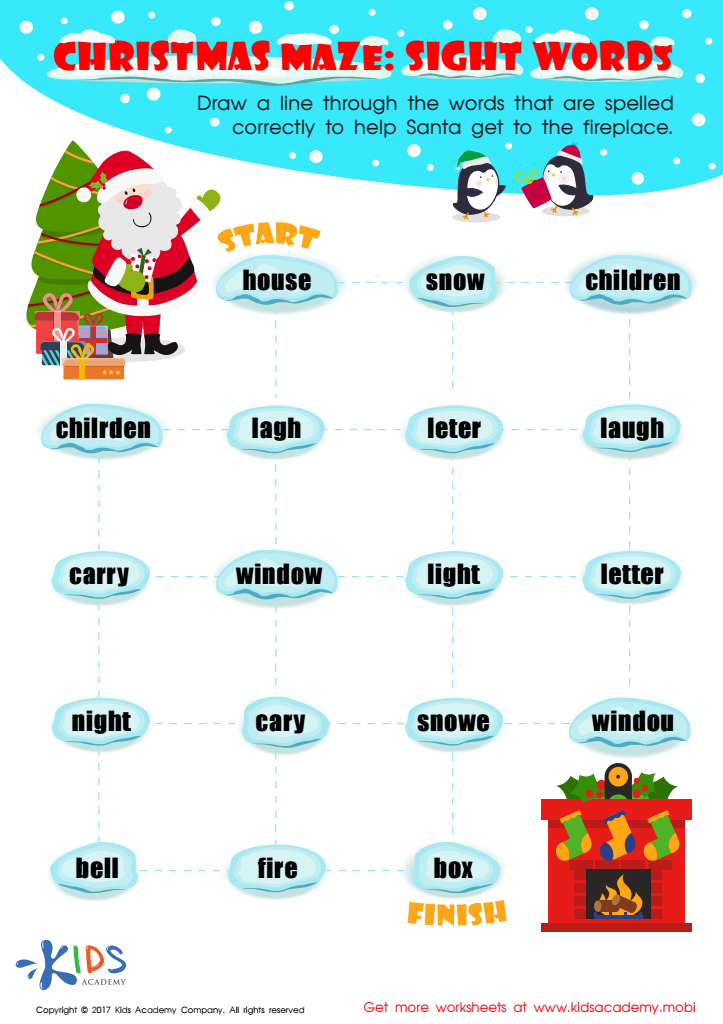

Sight Words Christmas Maze Printable
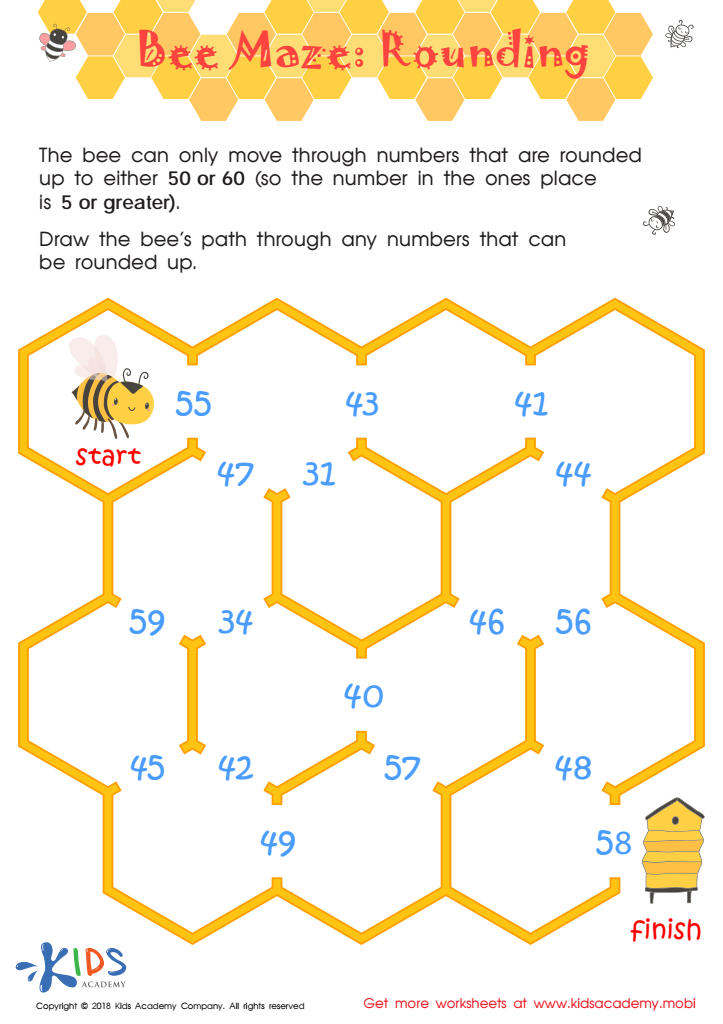

Bee Maze Rounding Worksheet
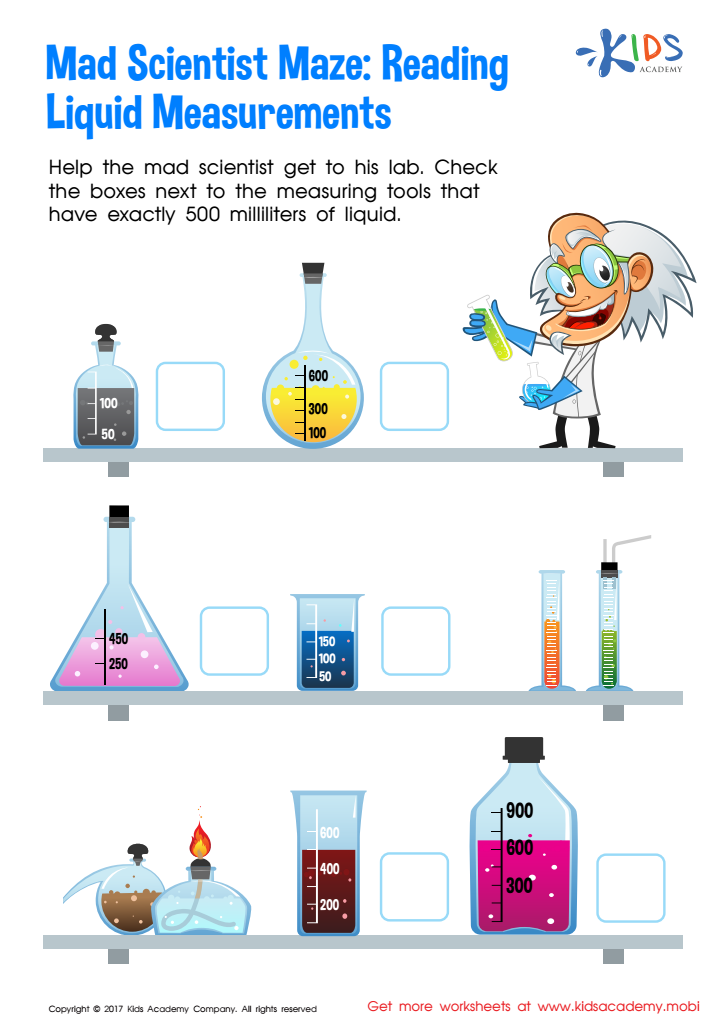

Reading Liquid Measurement Worksheet
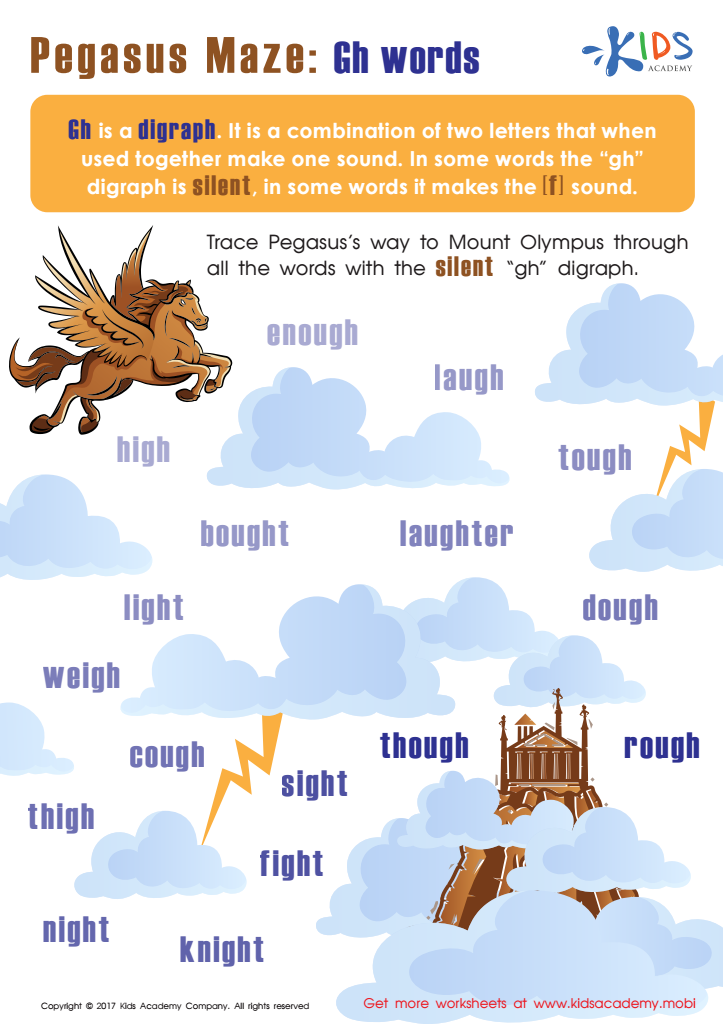

Pegasus Maze: GH Words Worksheet
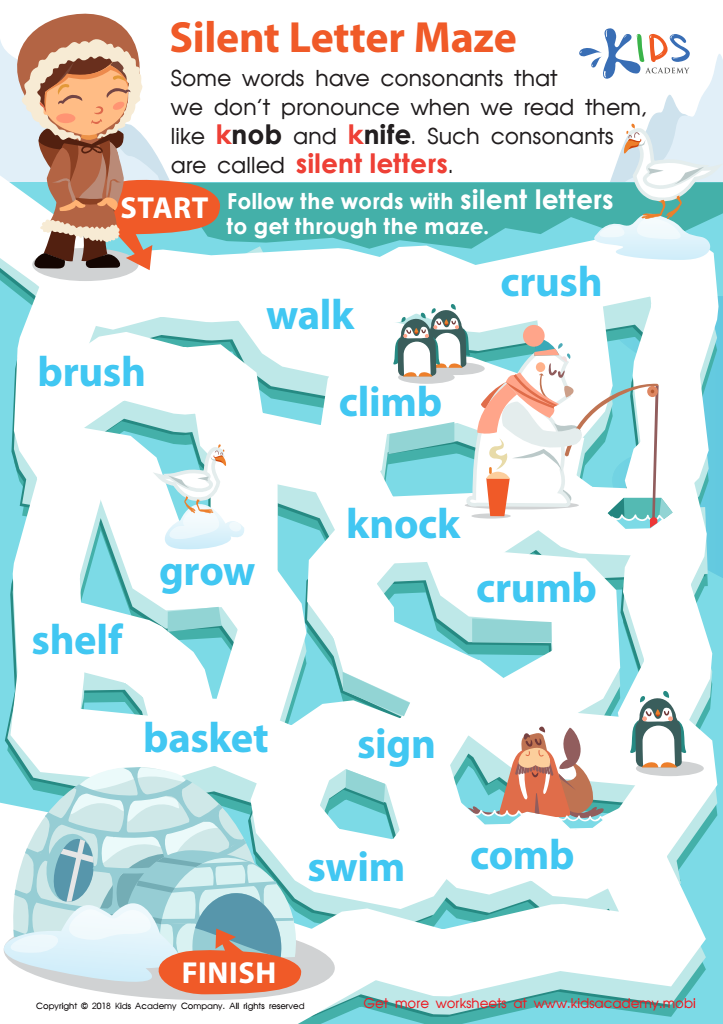

Silent Letter Maze Worksheet
Normal Mazes worksheets activities for Grade 3 are an exceptional tool for developing a wide range of skills in young learners. These engaging puzzles are not just entertaining but serve as an excellent educational resource, fostering various cognitive and physical capabilities. Let's delve into why incorporating Normal Mazes worksheets activities into the learning curriculum for Grade 3 students is immensely beneficial.
First and foremost, Normal Mazes worksheets activities for Grade 3 enhance problem-solving skills. As students navigate through the twists and turns of the maze, they learn to anticipate potential obstacles and strategize their moves accordingly. This process nurtures critical thinking and decision-making abilities, skills that are vital both in and out of the classroom.
Moreover, these worksheets significantly improve hand-eye coordination. For Grade 3 students, mastering the control of small movements is crucial. As they trace or draw their path through the maze, they refine their fine motor skills, which are essential for tasks ranging from writing to tying shoelaces.
Spatial awareness is another area that benefits from Normal Mazes worksheets activities. Understanding the concept of space and direction is fundamental in mathematics, science, and daily life. Through mazes, children learn to visualize the path from start to finish, improving their ability to navigate physical spaces and understand geometric concepts.
Additionally, these activities promote patience and perseverance in young learners. Completing a maze requires focus and determination, qualities that are invaluable in academic settings and beyond. By facing challenges within the safe confines of a worksheet, children learn the importance of persistence and the satisfaction of overcoming difficulties.
In conclusion, Normal Mazes worksheets activities for Grade 3 are more than just a pastime. They are a multifaceted educational tool that enhances problem-solving and critical thinking, boosts fine motor skills, fosters spatial awareness, and encourages patience and perseverance. Incorporating these activities into the curriculum provides a fun and effective way for children to develop essential life skills.

 Assign to the classroom
Assign to the classroom
